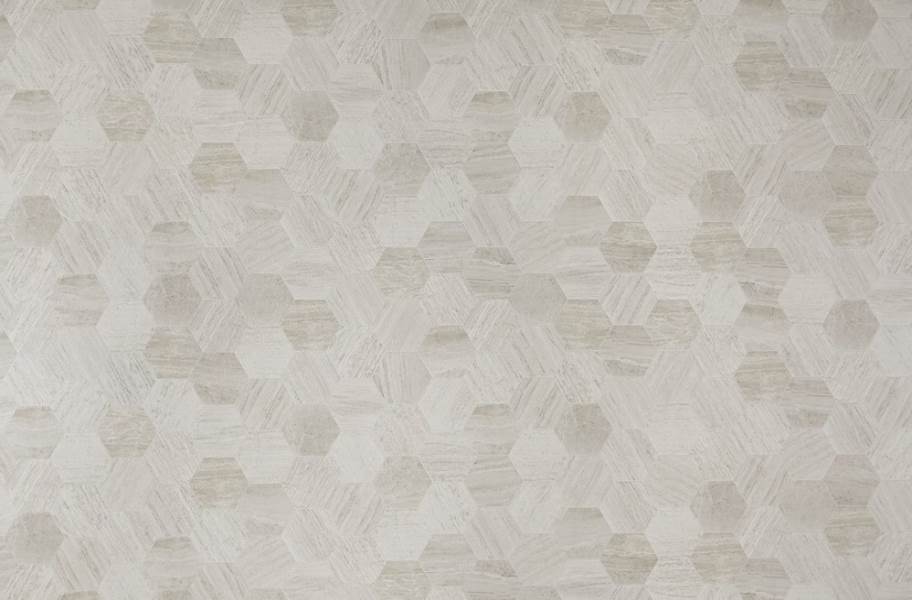

Production is slated to begin in the third quarter of next year. Then there’s Shaw, which is converting its Ringgold, Georgia area rug facility to produce LVT, an investment of over $100 million. IVC, which just started producing sheet vinyl domestically three years ago, and which completed construction of an LVT facility in Belgium at the end of 2011, is now building an LVT plant next to its sheet plant in Dalton, an $80 million investment that should start yielding product in the first half of next year. The firm will eliminate most of its LVT imports when production begins in Lancaster less than a year from now. Several manufacturers, including all of the big carpet mills, with the exception of Interface, have jumped into the category with both feet, and many have started building their own LVT facilities.Īrmstrong, which was already producing some high end LVT at its facility in Kankakee, Illinois (Alterna and Alterna Reserve) has expanded that facility and additionally is spending $41 million to convert a sheet facility in Lancaster to produce LVT. In the last year or two, the entire LVT landscape has been transformed. For PVC to become a valid sustainable product, it will have to be kept out of the waste stream, and this is one of the issues manufacturers are currently struggling with. This thermoplastic quality makes PVC a good candidate for recycling and reclamation, but so far the industry has not seen much post-consumer recycled material. PVC, like nylon, is one of the better thermoplastics. Some thermoplastics survive the process better than others. PVC belongs to a class of polymers called thermoplastics, which essentially means that they can be remelted and turned into new product. With plastics in general, landfilling is a big issue, because that material is essentially lost forever, a poor strategy for materials made of diminishing fossil fuel supplies. However, the affiliation with the problematic phthalates proved to be too strong, so in the last couple of years, led by firms like Tarkett, manufacturers have started introducing phthalate replacements, including bio-based plasticizers and a terephthalate called DOTP. The industry first moved to phthalates with higher molecular weights (like DINP), the idea being that these molecules would be too big to leach from the PVC. The bigger problem has been with the plasticizers, which for many years were made of phthalates (like DEHP and DOP) implicated in endocrine disruption and reproductive harm. In the past, stabilizers made of lead were more common, but these days it’s mostly tin. Then there are the stabilizers, designed to prevent thermal decomposition when the material is heated. The plasticizers convey elasticity to the product, making it bendable and malleable and giving it the necessary resilience to survive high foot traffic. Vinyl flooring uses two types of additives for structural performance: plasticizers and stabilizers. Most of the environmental progress in LVT (and PVC flooring in general) over the last few years has been in the greening of additives. Health product declarations and ingredient lists are also not widely used. For now, there are few manufacturer-specific environmental product declarations (EPDs). The multi-attribute certification, NSF-332, has also gained traction. The most commonly used green certifications for vinyl flooring tend to cover indoor air quality and volatile organic emissions (like FloorScore and Greenguard). Like all vinyl products, it has been in more of a defensive mode because of controversy over its ingredients.

LVT is a relative newcomer to the sustainability game. And for now, imports account for over two thirds of domestic consumption. Currently, 63% of LVT goes to the residential market, and 37% goes to the commercial market.

flooring firms, some of which even have their own LVT capacity. Several prominent offshore producers, for instance, also sell to U.S. There are other estimates of the LVT industry that run far higher, generally because there is so much potential for double counting due to all the private labeling. is a $764 million industry, according to Market Insights LLC, with annual volume of about 405 million square feet. With massive growth in the category and a wave of investment in domestic production, and with most of the leading carpet tile players getting into the game, specifiers are turning their scrutiny toward LVT, which has a long way to go before it can call itself green. Following years of carpet tile taking marketshare and making huge gains in the commercial market, luxury vinyl is now leading growth, and it’s doing so in both the residential and commercial markets.Ĭarpet tile got a lot greener over the years, reducing its environmental footprint more than any other flooring type, to meet the demands of the environmentally focused A&D community, and now LVT faces the same challenge.


 0 kommentar(er)
0 kommentar(er)
